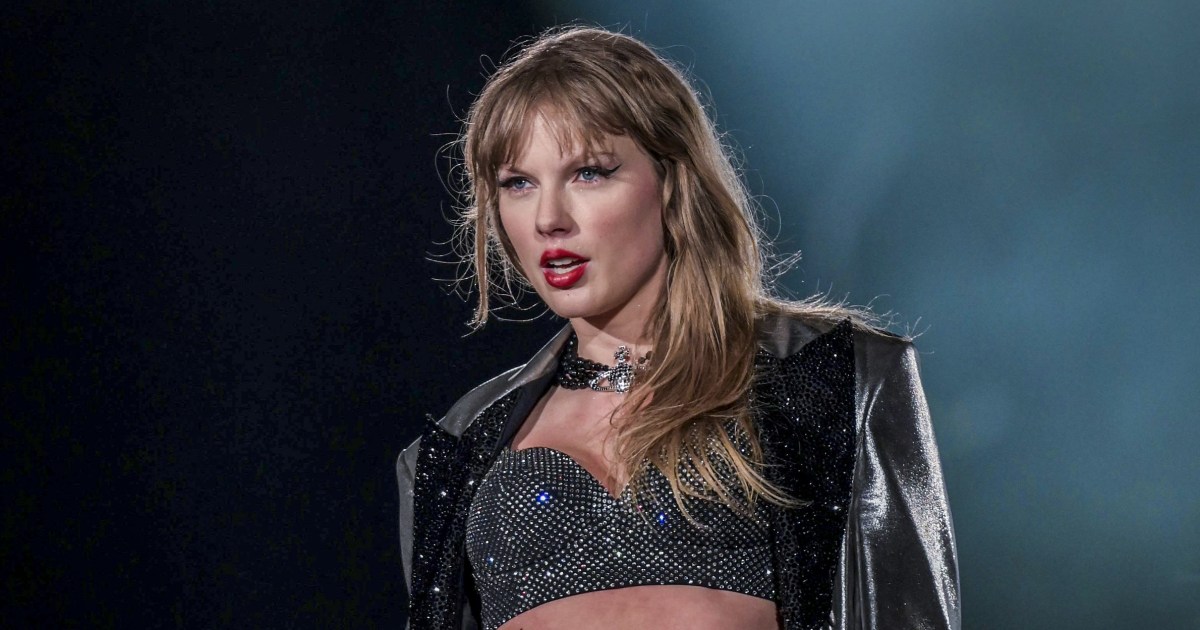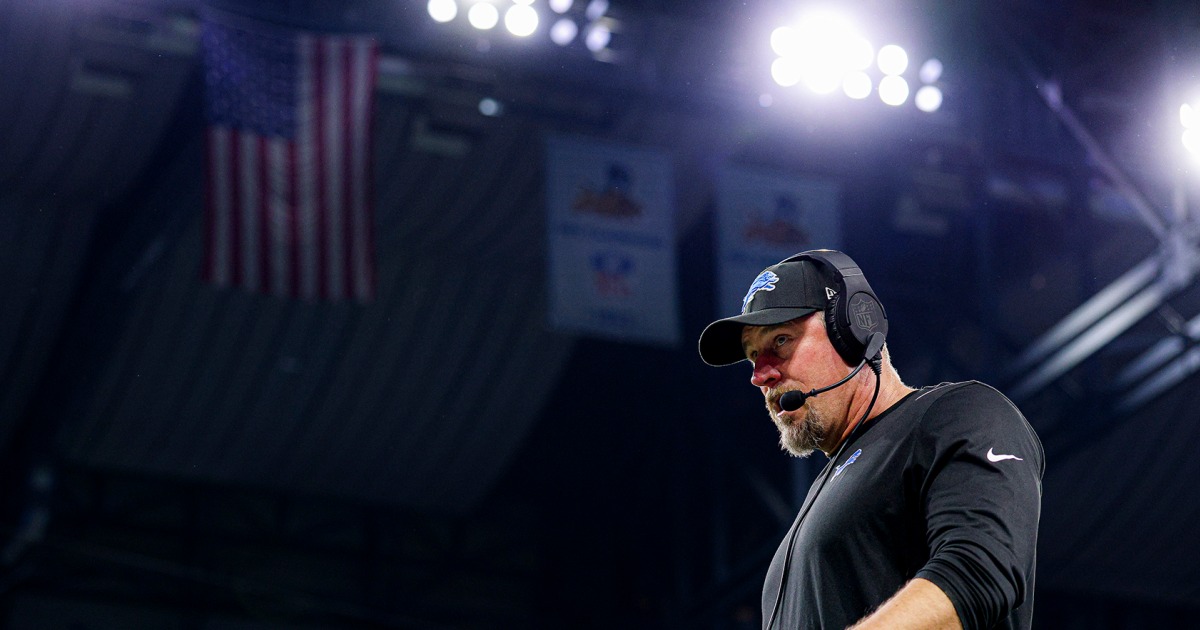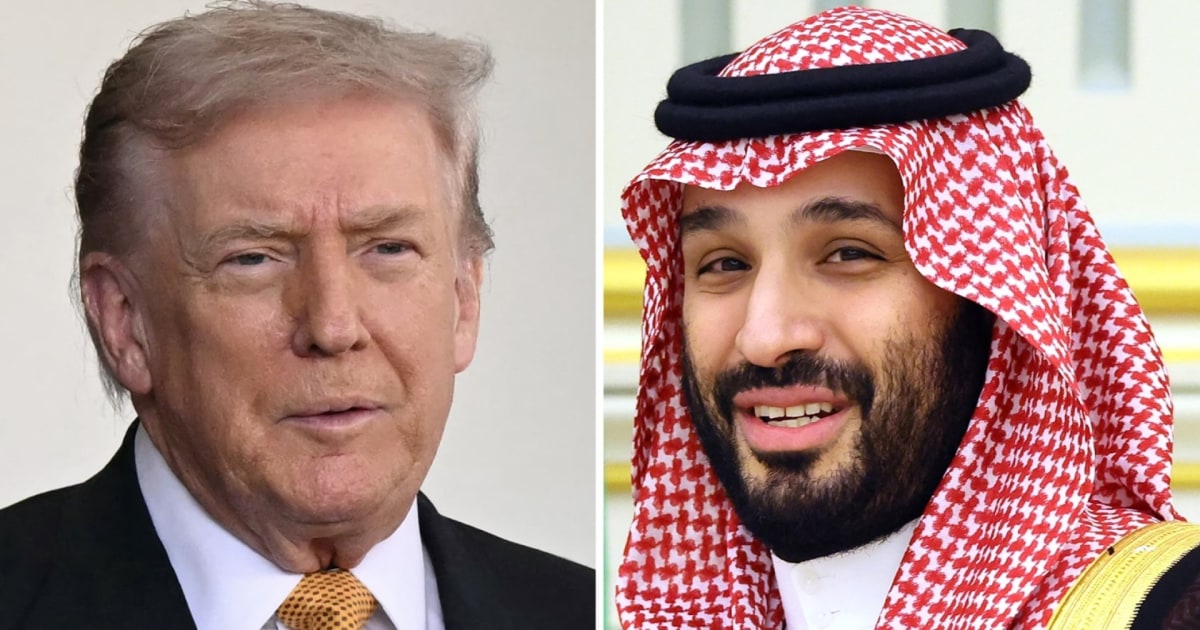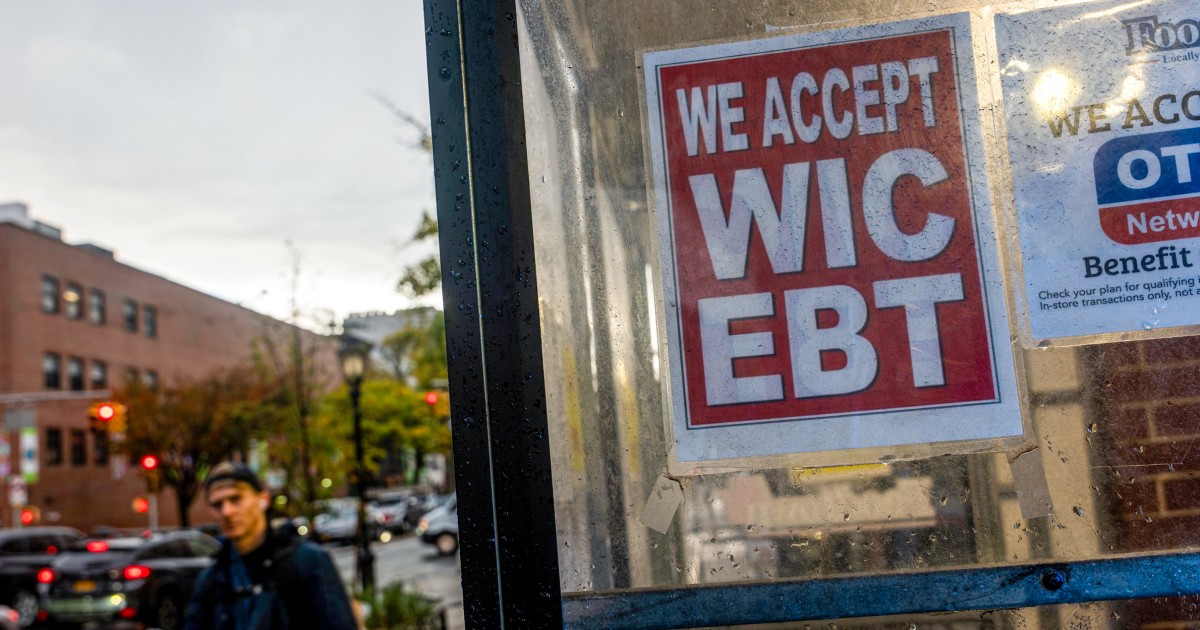Taylor Swift’s fans are used to scouring her videos and social media posts for hidden messages about her albums
Source link
Oct. 7, 2025, 4:42 PM EDTBy Angela YangTaylor Swift’s fans are used to scouring her videos and social media posts for hidden messages about her albums.But after the release of “The Life of a Showgirl,” some Swifties have said their hunt for clues led them down a rabbit hole of speculation around whether artificial intelligence was used in a series of promotional videos for the album.The 12 videos were part of a promotional scavenger hunt released by Google, which sent fans on a search for 12 orange doors hidden across 12 cities (for her 12th album) around the world. On each of the doors was a QR code revealing video clues to the puzzle, which pieced together a phrase that fans needed to search through Google. The hunt ultimately led to the lyric video for the album’s opening track, “The Fate of Ophelia.”While deciphering the video clues, some fans online said they noticed wonky text, muddled details and objects that disappear, or shape-shift against the laws of physics. Using the hashtag #SwiftiesAgainstAI on X, they began accusing the videos of utilizing generative AI. Swift has not personally promoted the orange door campaign, and it’s unclear how involved she was in the production of the clips, which were also briefly posted to her YouTube account as Shorts. On Swift’s YouTube channel, the shorts now appear to be unavailable. Swift’s recently dropped music video for “The Fate of Ophelia,” and 12 lyric videos for the “Showgirl” album, are all still up on her channel. None use AI.A representative for Swift did not provide comment for the story. Google did not respond to a request for comment.Swift, a victim of AI deepfakes, has long expressed her support for artists’ rights to own their work, which some of her fans online said is what made them so disappointed when they saw the promotional videos, as AI systems are often trained on datasets containing copyrighted work.Some fans pointed out that Swift appeared to use hand-painted props on the set of the music video for “The Fate of Ophelia,” noting that the music icon has long been very thoughtful about the presentation of her work. “When so much effort has been put into the rest of the album rollout … I think it is very, very lazy and disappointing to use generative AI to create videos a human being very much could have done,” Rachel Lord, a self-described fan of Swift, said in a TikTok video. “I think it’s very important that we as fans talk about how much we disagree with this, because if we don’t talk about it, they’re just going to continue with it,” she said, emphasizing that she’s not “hating on Taylor.”The controversy arose amid some mixed reviews for Swift’s latest album, which topped Spotify charts and sold 2.7 million copies in its first day of release. While many have praised the upbeat bops on “The Life of a Showgirl,” others have said the tracks lack the kind of lyricism they have come to expect of Swift.Swift’s diehard fan base has traditionally come to her defense amid any backlash. The AI speculation and the subsequent criticism, however, appeared to come just as much from her fans as her detractors.In a Reddit post about the orange door promo clips in the popular r/TaylorSwift community, a moderator wrote: “The videos are most likely AI generated. We typically do not allow AI content, but given that this is somehow related to the album push we are clearly going to keep this thread going.”Several are calling on Swift — who has not commented on the AI speculation — to make a statement about the matter.“Dear @taylornation13, We expected a decent album promo but we noticed that the promotion on cities were made by A.I,” wrote one X user who describes themself as a “taywarrior” and Swiftie in their bio. The post had been viewed more than 1.3 million times as of Tuesday afternoon.“A.I has a large impact on the environment and wildlife because of its LARGE water consumption and more,” the user added. “Please learn better next time. #SwiftiesAgainstAI.”The use of AI in media production has been a polarizing subject in the entertainment industry. As generative AI tools become increasingly integrated into film, TV and music production, artists have railed against the technology due to concerns over labor displacement as well as AI companies’ scraping of human-made work without consent or compensation.Outside of vocal pushback from artists and studios, AI image, video and music generators have been hit with numerous copyright infringement lawsuits from authors, artists, news outlets, mass media companies and music labels.Some of Swift’s defenders have argued that the seemingly AI-generated quirks in the videos might be explained with computer-generated imagery. Others have insisted that CGI would not cause objects to morph, blur or disappear when the camera moves.Swift has not condemned the use of AI usage as a whole, but she has previously condemned its misuse. In a 2024 Instagram post endorsing Kamala Harris for president, Swift addressed President Donald Trump’s attempt to tout an AI image of her.“Recently I was made aware that AI of ‘me’ falsely endorsing Donald Trump’s presidential run was posted to his site,” Swift wrote. “It really conjured up my fears around AI, and the dangers of spreading misinformation.”Angela YangAngela Yang is a culture and trends reporter for NBC News.




